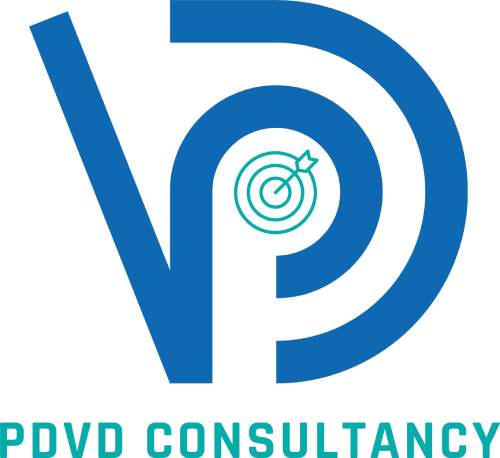Pharmaceutical documentation is the backbone of regulatory compliance, product quality, and patient safety. Yet, even seasoned professionals encounter pitfalls that can lead to costly delays, regulatory citations, or compromised data integrity. Drawing insights from industry best practices and real-world case studies, here are the top 5 Pharmaceutical documentation pitfalls—and actionable strategies to avoid them.
Top 5 Pitfalls in Pharmaceutical Documentation
Ensuring Compliance, Accuracy, and Efficiency in a Highly Regulated Industry
1. Incomplete or Inaccurate Records
The Pitfall: Missing data, unsigned forms, or vague entries are among the most common issues. Incomplete batch records, unsigned protocols, or ambiguous language can trigger FDA 483 observations or EU-GMP non-compliance, as regulators demand “if it’s not documented, it wasn’t done” 615.
How to Avoid It:
- Standardize Templates: Use pre-approved templates for batch records, SOPs, and test methods to ensure consistency and completeness 114.
- Checklists & Training: Implement checklists for critical fields (e.g., dates, signatures) and train teams on ALCOA+ principles (Attributable, Legible, Contemporaneous, Original, Accurate) 15.
- Real-Time Entry: Record data immediately during experiments or manufacturing steps to prevent omissions 89.
2. Poor Version Control
The Pitfall: Uncontrolled document versions lead to confusion, outdated procedures, and compliance risks. For example, using an obsolete SOP during an audit can result in major findings 15.
How to Avoid It:
- Centralized Systems: Adopt an Electronic Document Management System (EDMS) to track revisions, enforce version numbering, and restrict access 915.
- Clear Protocols: Label documents with version numbers, dates, and author initials. Archive outdated versions securely 510.
- Automate Alerts: Use digital tools to notify teams of updates, ensuring everyone uses the latest version 10.
3. Improper Error Corrections
The Pitfall: Overwriting entries, using white-out, or failing to explain corrections can raise red flags during audits. A lab once faced regulatory warnings after updated corrections in validation protocol 914.
How to Avoid It:
- CLIDE Method: Cross out errors with a single line, initial, and date, and provide a brief explanation (e.g., “Corrected due to transcription error”) 68.
- Digital Audit Trails: Leverage electronic systems to automatically log changes, preserving an unalterable history of modifications 159.
4. Lack of Standardization Across Teams
The Pitfall: Inconsistent terminology or formats between departments—like QC using “QC” while manufacturing uses “Quality Control”—cause confusion and audit delays 19.
How to Avoid It:
- Glossaries & SOPs: Develop a company-wide glossary and enforce standardized templates for common documents (e.g., deviation reports, batch records) 114.
- Cross-Department Training: Regular workshops ensure alignment on terminology and documentation workflows 915.
5. Backdating or Retrospective Entries
The Pitfall: Filling in missing data after the fact is a critical data integrity violation. One biopharma company faced regulatory warnings after auditors discovered backdated batch records 9.
How to Avoid It:
- Culture of Transparency: Encourage staff to report mistakes promptly and follow correction protocols instead of hiding gaps 915.
- Digital Timestamps: Use systems that auto-record entry times to eliminate backdating temptations 910.
Proactive Strategies for Long-Term Success
Beyond addressing these pitfalls, adopt forward-thinking practices:
- Digital Transformation: Transition to electronic batch records (EBR) or platforms like Digital GxP to automate workflows and reduce human error 1415.
- Routine Audits: Conduct internal audits to identify gaps early. For example, JAF Consulting’s gap analysis services help preempt compliance risks 15.
- Risk-Based Training: Tailor GDP training to roles—lab technicians need error-correction skills, while managers require version control expertise 515.
Closing thought
Pharmaceutical documentation isn’t just a regulatory checkbox—it’s a strategic asset. By avoiding these pitfalls and embracing digital tools, standardized processes, and a culture of accountability, organizations can turn documentation into a competitive advantage. Remember: “The activity isn’t done until the paperwork is complete” 14.
Need help optimizing your documentation practices? Explore PDVD Documentation management services, or Contact Us for a compliance audit tailored to your needs.


